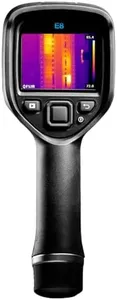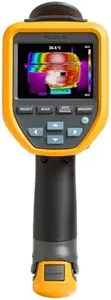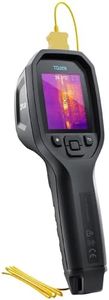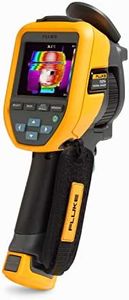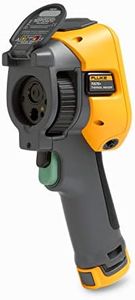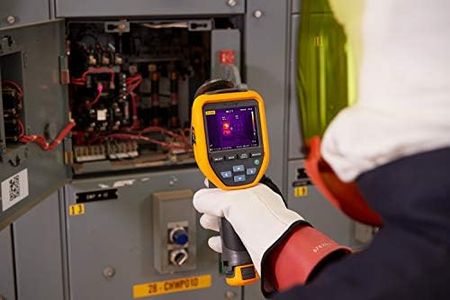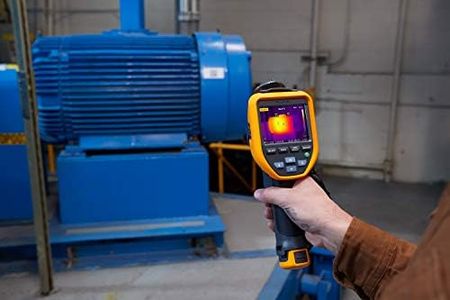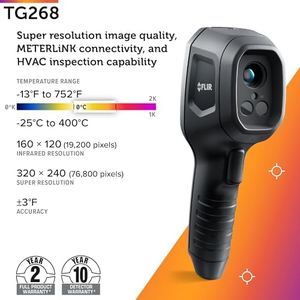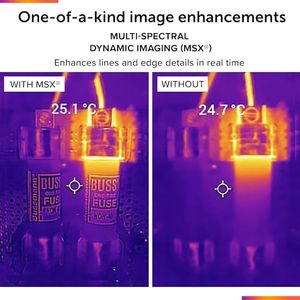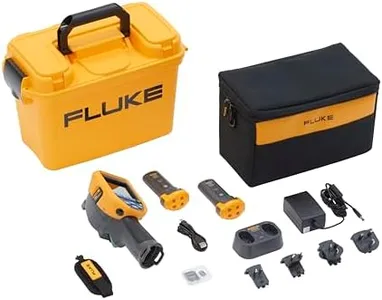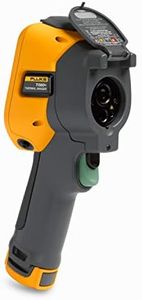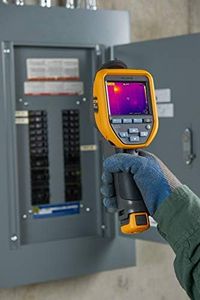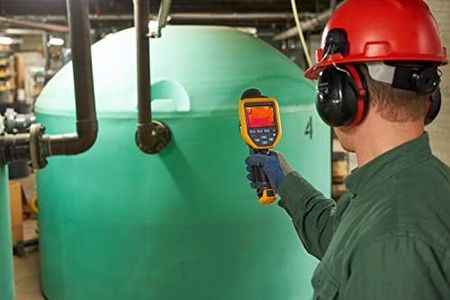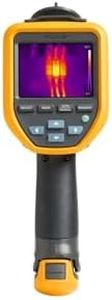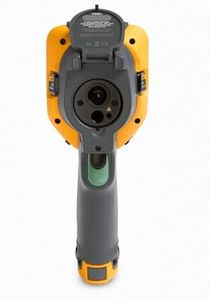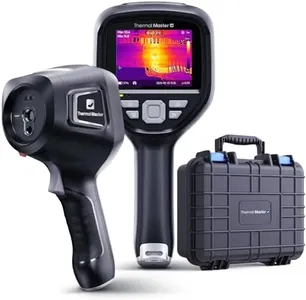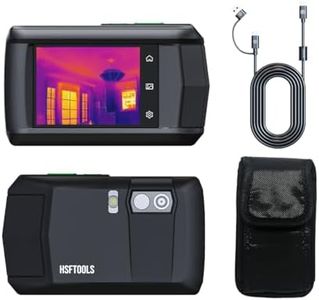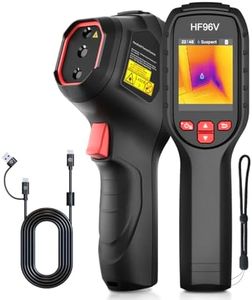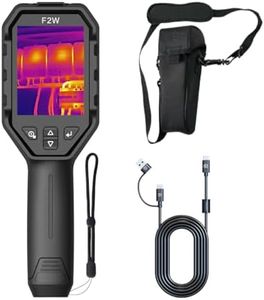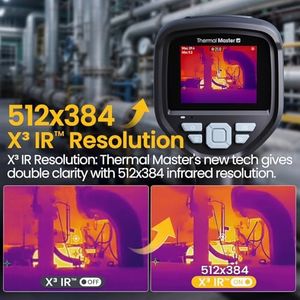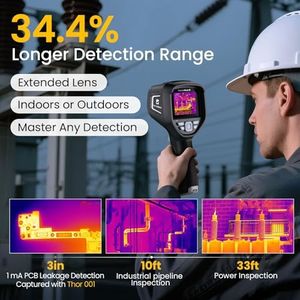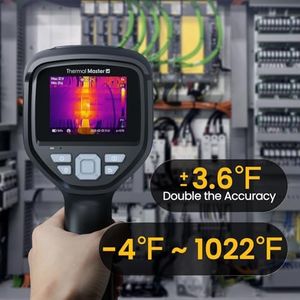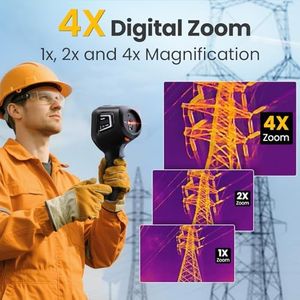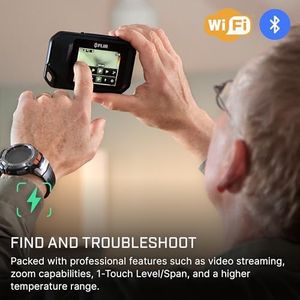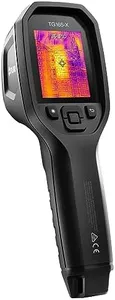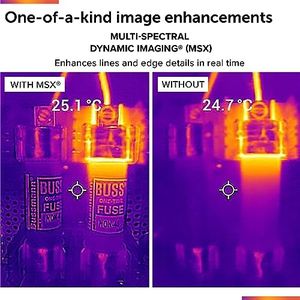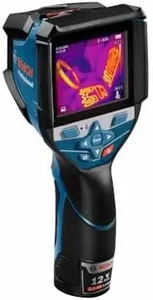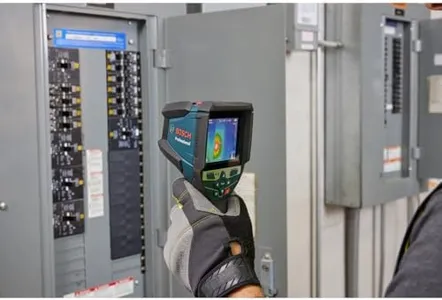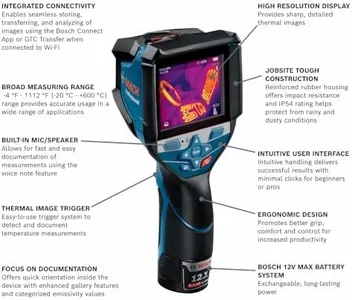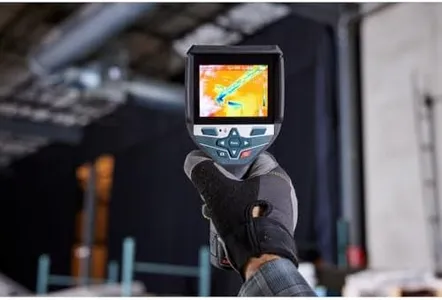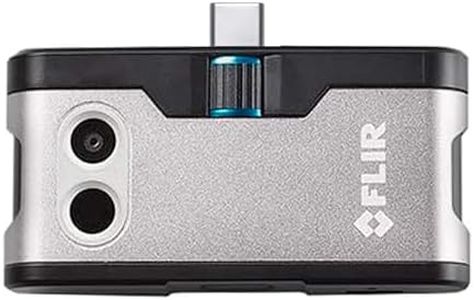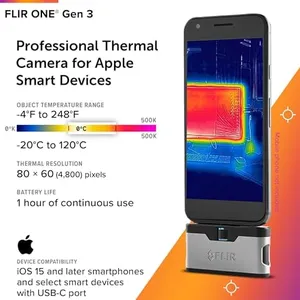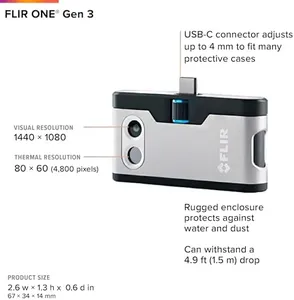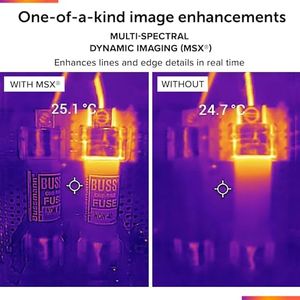10 Best Thermal Imagers 2025 in the United States
Winner
FLIR E8-XT - Commercial Thermal Imaging Camera with WiFi. High Resolution Infrared Camera Ignite Cloud
The FLIR E8-XT is a handheld thermal imaging camera designed for a variety of applications, including outdoor security and troubleshooting in commercial environments. One of its standout features is its high resolution of 320 × 240 pixels, which allows users to identify and troubleshoot hidden faults effectively. The incorporation of patented MSX technology enhances images by overlaying visual details on thermal data, making the images clearer and more informative. With a temperature range from -20 to 550°C, it covers a wide spectrum, catering to various needs in both industrial and residential settings.
Most important from
271 reviews
Fluke TiS75+ 27HZ, Thermal Imager
The Fluke TiS75+ is a thermal imager that stands out for its ruggedness and reliability, making it suitable for industrial settings where tools may face harsh conditions. With a tough design that can endure a 2-meter drop and an IP54 rating for water and dust resistance, it’s built to last, which is a strong advantage for maintenance professionals and field technicians.
FLIR TG268 Thermal Imaging Camera with Spot IR Super Resolution 320x240 (160x120 Native IR) and Bullseye Laser: Commercial Grade Infrared Camera for Building Inspection, HVAC and Electrical
The FLIR TG268 is a solid choice for people needing a thermal imager for building inspection, HVAC, or electrical work. It features a native infrared resolution of 160x120 pixels, which is then enhanced to 320x240 through FLIR's Super Resolution technology, giving you clearer and more detailed images than many basic models. The MSX image fusion technology further improves image clarity by overlaying visual details from the built-in 640x480 digital camera onto the thermal image. This means you get a thermal picture that's easier to interpret, which is helpful if you’re not an expert.
Most important from
1400 reviews
Top 10 Best Thermal Imagers 2025 in the United States
Winner
FLIR E8-XT - Commercial Thermal Imaging Camera with WiFi. High Resolution Infrared Camera Ignite Cloud
FLIR E8-XT - Commercial Thermal Imaging Camera with WiFi. High Resolution Infrared Camera Ignite Cloud
Chosen by 1310 this week
Fluke TiS75+ 27HZ, Thermal Imager
Fluke TiS75+ 27HZ, Thermal Imager
FLIR TG268 Thermal Imaging Camera with Spot IR Super Resolution 320x240 (160x120 Native IR) and Bullseye Laser: Commercial Grade Infrared Camera for Building Inspection, HVAC and Electrical
FLIR TG268 Thermal Imaging Camera with Spot IR Super Resolution 320x240 (160x120 Native IR) and Bullseye Laser: Commercial Grade Infrared Camera for Building Inspection, HVAC and Electrical
Fluke FLK-TIS60+ 30HZ, Thermal Imager; GT1; 30 HZ
Fluke FLK-TIS60+ 30HZ, Thermal Imager; GT1; 30 HZ
Fluke TIS20+ MAX 9HZ, Thermal Imager
Fluke TIS20+ MAX 9HZ, Thermal Imager
Thermal Master Handheld Thermal Camera, 512×384 X³IR Resolution, Thermal Imaging Camera with 2MP Visual Camera, 640×480 3.5" IPS Screen Thermal Imager with Laser, -4℉to 1022℉, 60Hz, 40mK(Thor 002)
Thermal Master Handheld Thermal Camera, 512×384 X³IR Resolution, Thermal Imaging Camera with 2MP Visual Camera, 640×480 3.5" IPS Screen Thermal Imager with Laser, -4℉to 1022℉, 60Hz, 40mK(Thor 002)
FLIR C5 Compact Thermal Imaging Camera with Wifi: High Resolution Infrared Imager for Inspection, Electrical/Mechanical, Building, and HVAC Applications
FLIR C5 Compact Thermal Imaging Camera with Wifi: High Resolution Infrared Imager for Inspection, Electrical/Mechanical, Building, and HVAC Applications
FLIR TG165-X Thermal Imaging Camera with Bullseye Laser: Commercial Grade Infrared Camera for Building Inspection, HVAC and Electrical
FLIR TG165-X Thermal Imaging Camera with Bullseye Laser: Commercial Grade Infrared Camera for Building Inspection, HVAC and Electrical
Bosch GTC600C 12V Max Connected Thermal Camera
Bosch GTC600C 12V Max Connected Thermal Camera
FLIR ONE Gen 3 - Thermal Imaging Camera for iOS Smartphones (iPhone 15 and Newer w/USB-C): Use for Home Inspection, HVAC, Automotive, Machine Industries and More
FLIR ONE Gen 3 - Thermal Imaging Camera for iOS Smartphones (iPhone 15 and Newer w/USB-C): Use for Home Inspection, HVAC, Automotive, Machine Industries and More
Our technology thoroughly searches through the online shopping world, reviewing hundreds of sites. We then process and analyze this information, updating in real-time to bring you the latest top-rated products. This way, you always get the best and most current options available.

